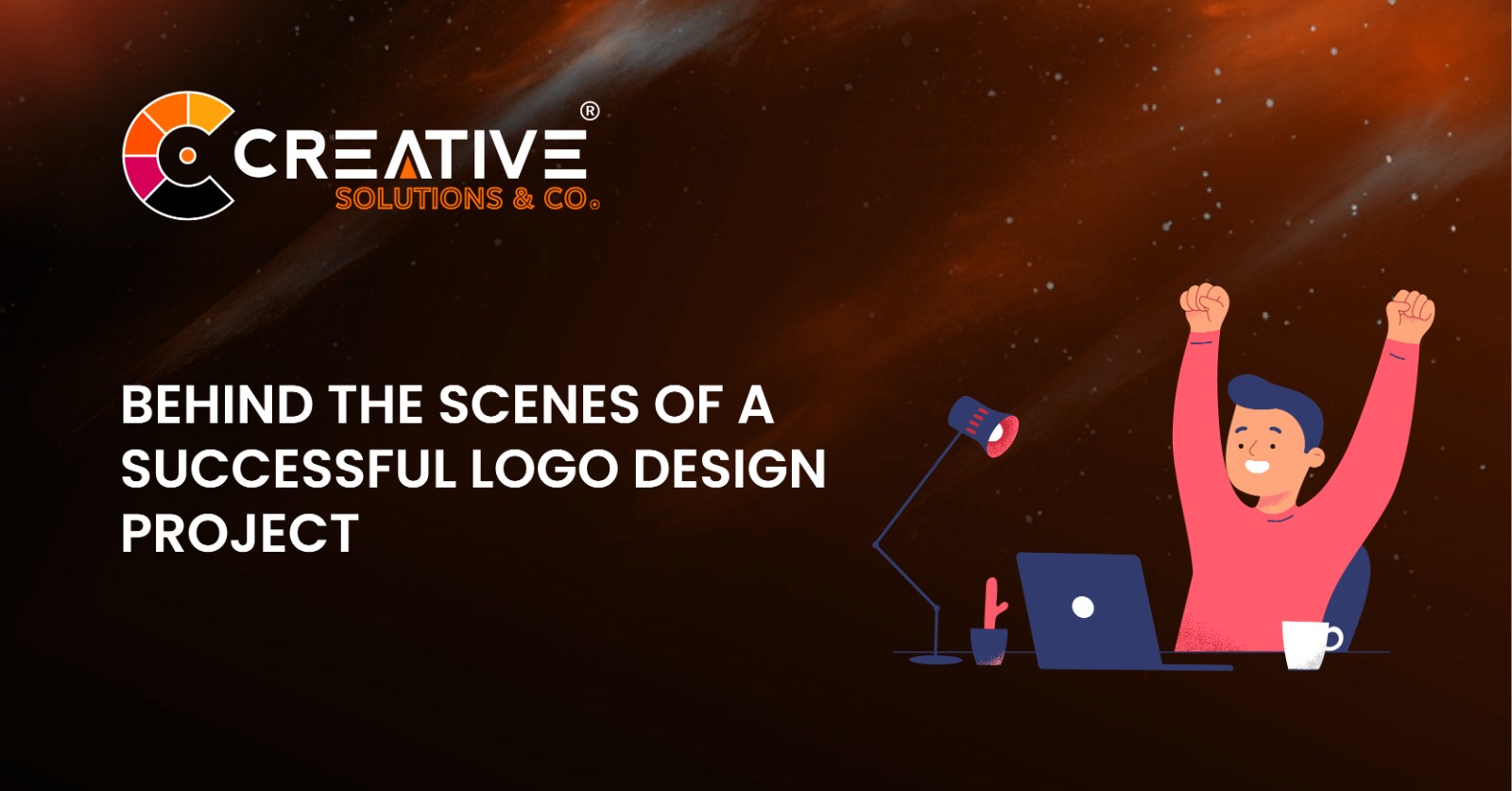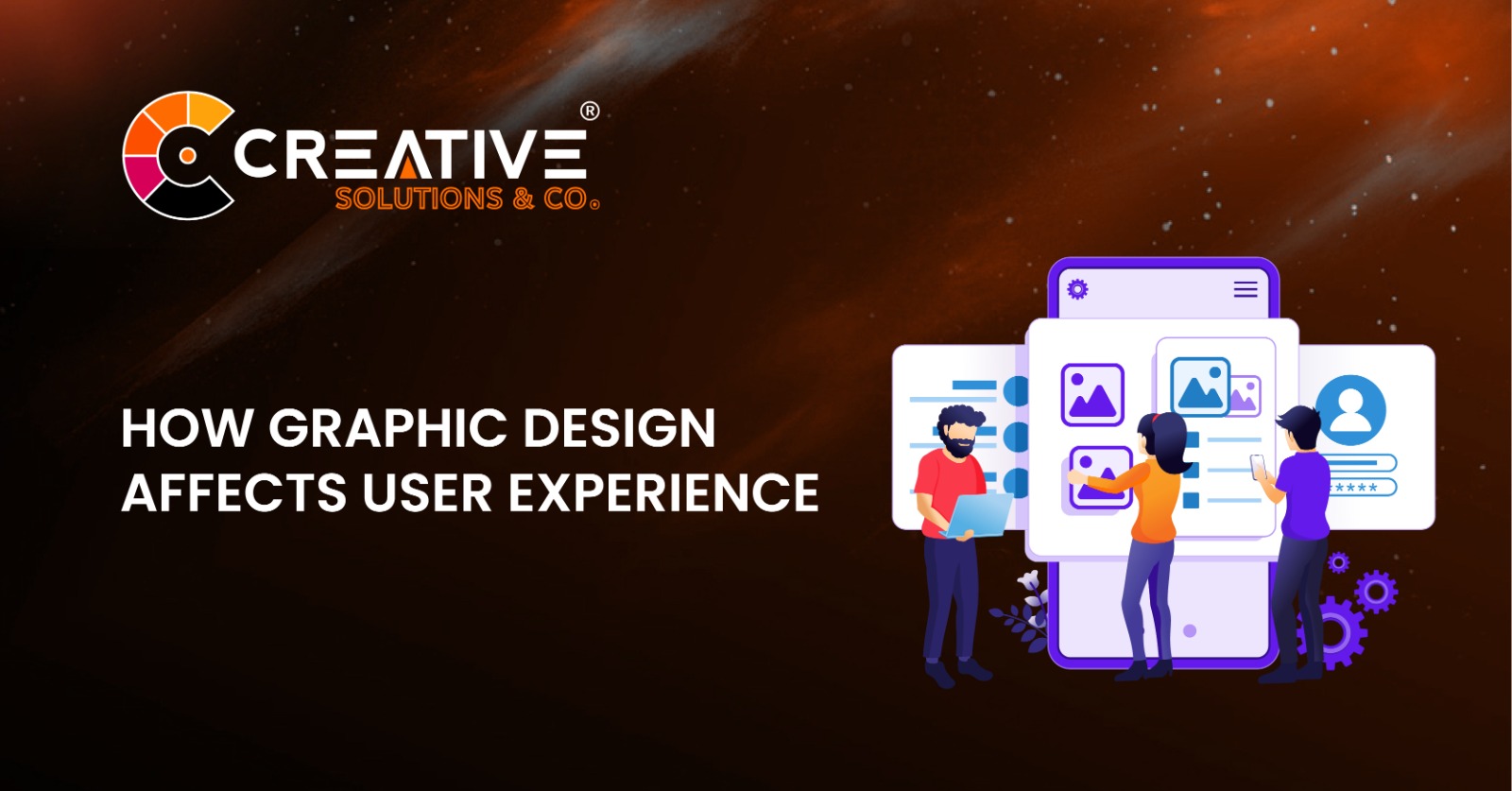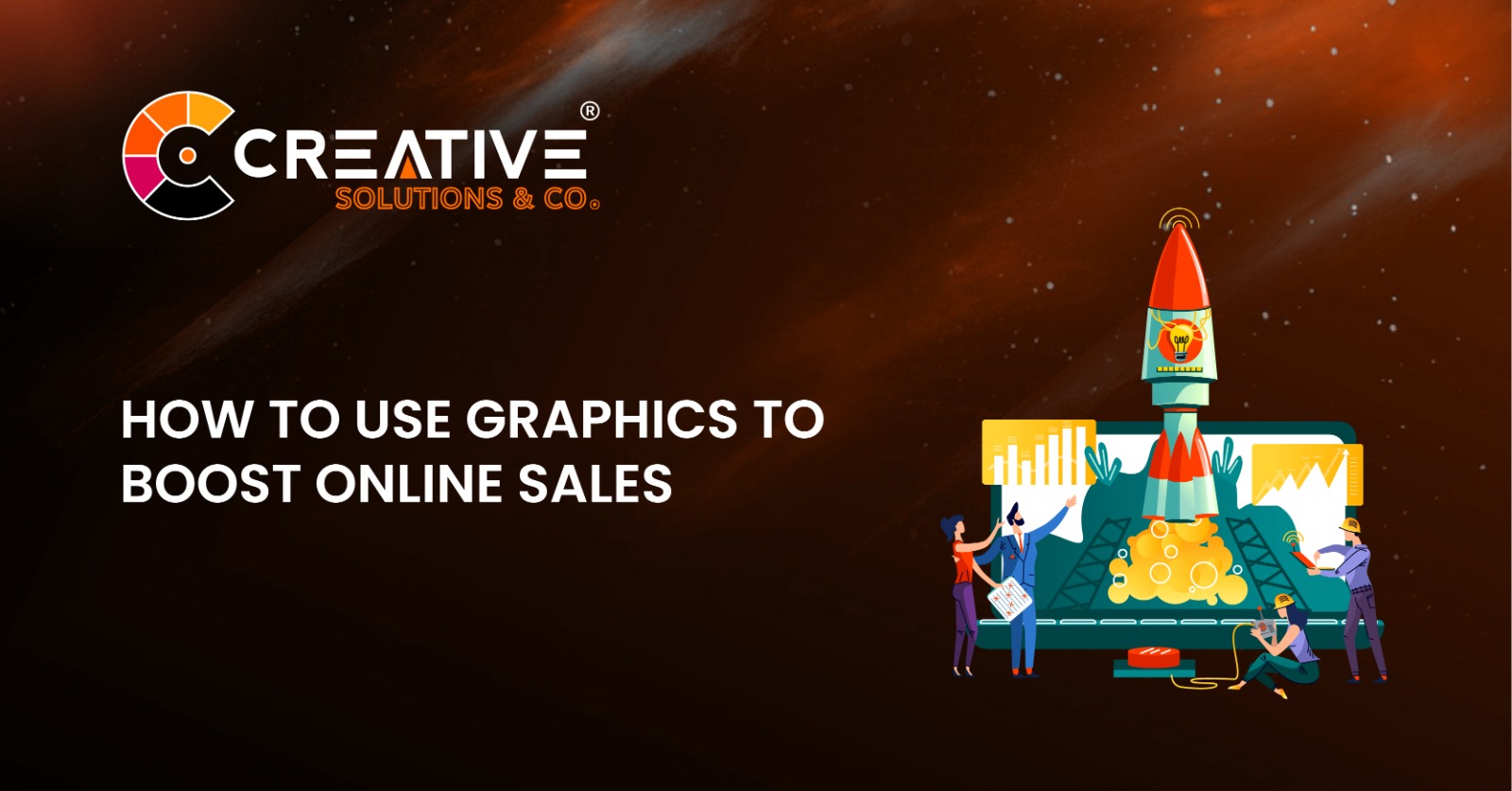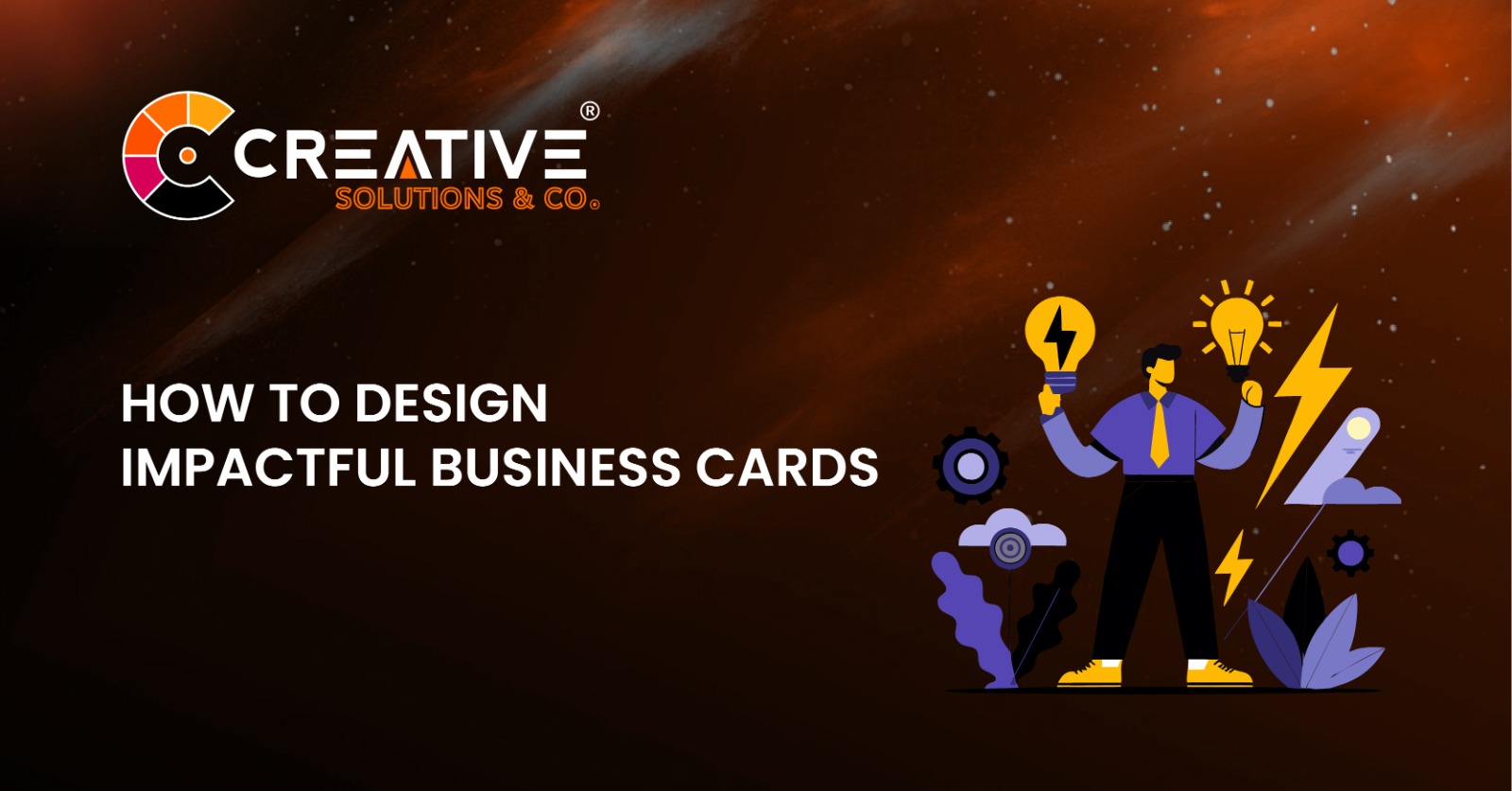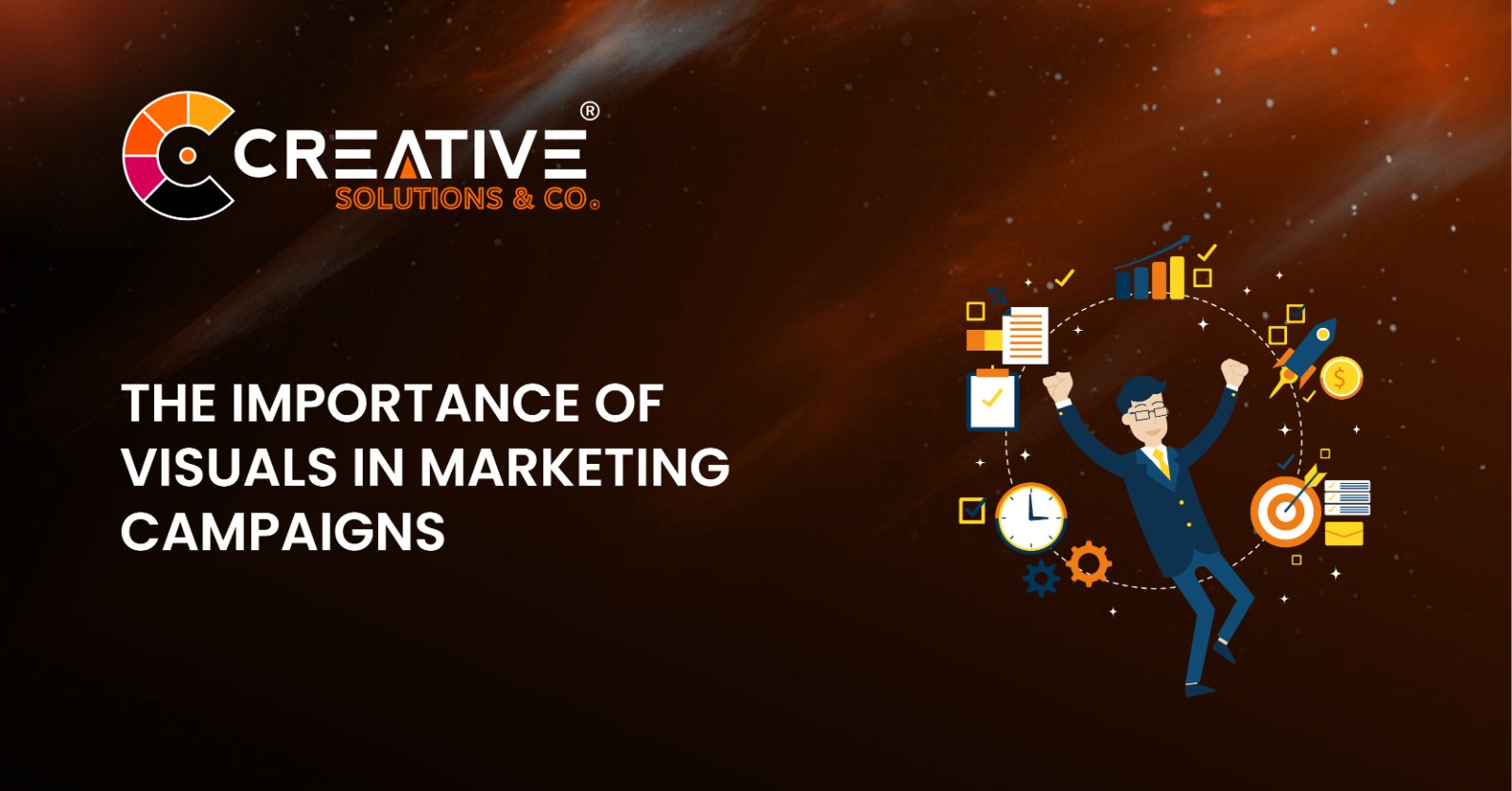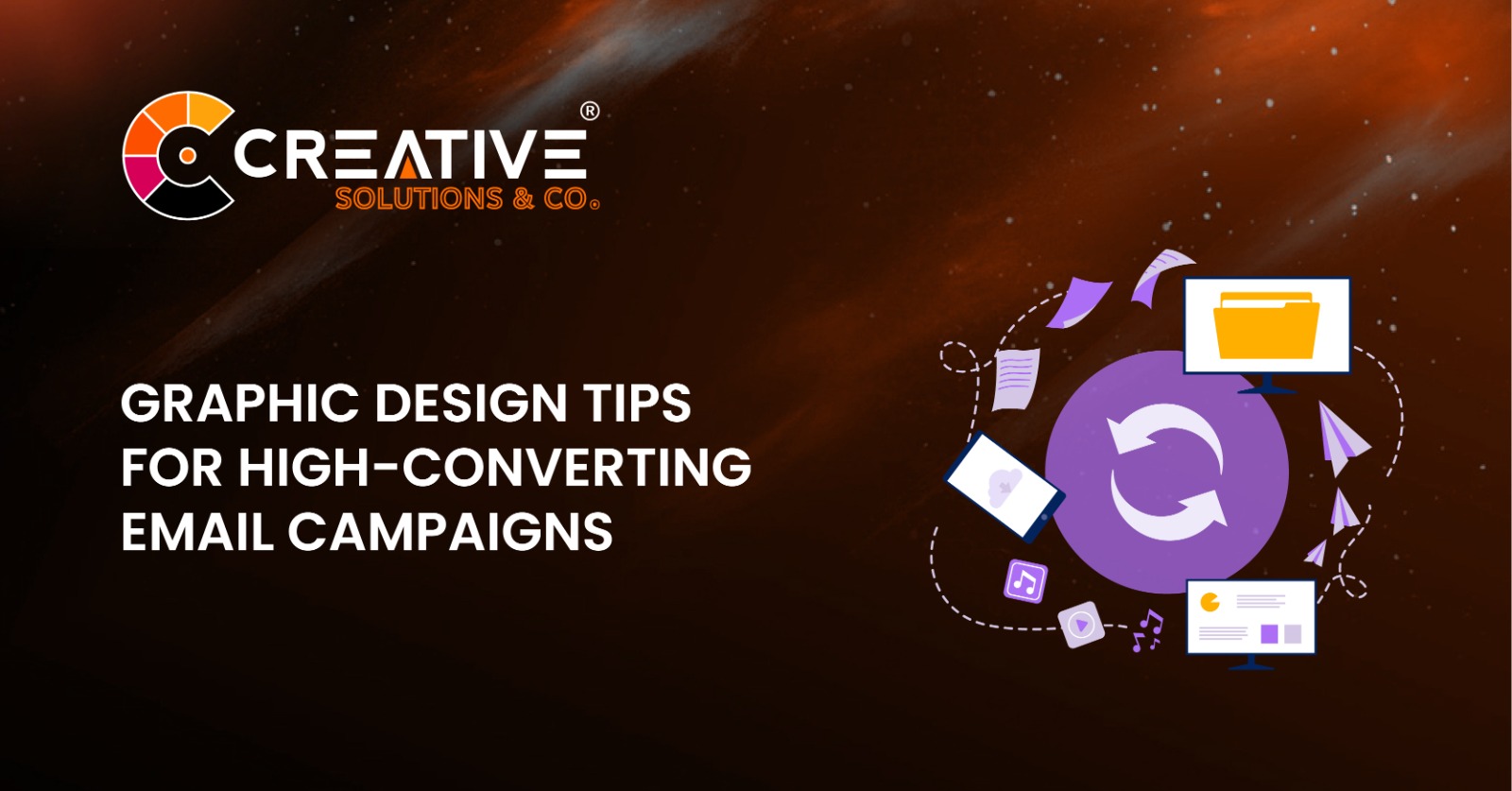Logos are everywhere—on products, billboards, websites, and even coffee mugs. But have you ever wondered what goes into creating these tiny masterpieces? A logo isn’t just a random design; it’s the face of a brand, a symbol that tells a story. In this article, we’ll take you behind the scenes of a successful logo design project, giving you an insider’s view of the entire process. Whether you’re a business owner, designer, or just curious, this journey will leave you inspired.
Table of Contents For Behind the Scenes of a Successful Logo Design Project
| Sr# | Headings |
|---|---|
| 1 | Introduction to Logo Design |
| 2 | Understanding the Brand |
| 3 | The Research Phase |
| 4 | Brainstorming Ideas |
| 5 | Sketching the First Draft |
| 6 | Choosing the Right Color Palette |
| 7 | Typography and Font Selection |
| 8 | Digital Design and Refinement |
| 9 | Testing Across Mediums |
| 10 | Gathering Feedback |
| 11 | Finalizing the Logo |
| 12 | Launching the Logo |
| 13 | Lessons Learned from the Project |
| 14 | Common Challenges in Logo Design |
| 15 | Conclusion |
Introduction to Logo Design
A logo is more than just an image—it’s the visual representation of a brand’s identity. Think of it like a handshake, creating a first impression that sticks. But what makes a logo truly successful? It’s not just about being pretty; it’s about being purposeful.
Understanding the Brand
Before diving into designs, the first step is understanding the brand. Designers ask questions like:
- What does the brand stand for?
- Who is the target audience?
This is like getting to know someone before buying them a gift. A deep dive into the brand’s mission, vision, and values lays the foundation for the perfect logo.
The Research Phase
Good design is rooted in good research. During this phase, designers study competitors, industry trends, and customer preferences. For instance, if the brand caters to eco-conscious consumers, green tones and nature-inspired elements might play a key role.
Brainstorming Ideas
Now, the fun begins! The team gets together for a brainstorming session. It’s like cooking—combining different ingredients (ideas) to see what works. Sticky notes, sketches, and mood boards fill the room as concepts start to take shape.
Sketching the First Draft
This is where pen meets paper. Designers create rough sketches, experimenting with shapes, symbols, and layouts. These drafts are like seedlings—they may not look like much yet, but they have the potential to grow into something amazing.
Choosing the Right Color Palette
Colors evoke emotions, so selecting the right palette is critical. Did you know red symbolizes passion and excitement, while blue conveys trust and calmness? Designers carefully choose colors that align with the brand’s personality.
Typography and Font Selection
The font of a logo can speak volumes. Whether it’s bold and modern or elegant and traditional, typography plays a crucial role in setting the tone. For example, a playful font might suit a children’s toy brand, while a clean, sans-serif typeface is ideal for a tech company.
Digital Design and Refinement
Once the initial concepts are chosen, designers take them digital. Using tools like Adobe Illustrator, they refine the designs, adjust proportions, and ensure everything looks professional. This is where the rough sketches start transforming into polished logos.
Testing Across Mediums
A successful logo must look good everywhere—on a billboard, a business card, or even a smartphone screen. Designers test the logo’s scalability and versatility to ensure it works across all mediums without losing charm.
Gathering Feedback
Feedback is gold. Designers share their work with clients, team members, and sometimes even focus groups. This helps fine-tune the design, addressing any concerns or preferences that may arise.
Finalizing the Logo
After revisions and approvals, the final logo is ready. The design is exported in multiple formats (like PNG, SVG, and PDF) for various uses. It’s like wrapping up a gift and tying it with a bow!
Launching the Logo
The big moment has arrived—it’s time to unveil the logo to the world! This could be through a press release, social media campaign, or product launch. A successful launch creates buzz and excitement around the brand.
Lessons Learned from the Project
Every logo design project teaches something new, whether it’s about effective communication or creative problem-solving. These lessons help designers improve their craft for future projects.
Common Challenges in Logo Design
Logo design isn’t without its hurdles. Some common challenges include:
- Balancing creativity with client preferences.
- Ensuring the logo is timeless.
- Avoiding clichés while staying relevant.
Overcoming these challenges requires skill, patience, and a touch of innovation.
Conclusion
A logo is more than a design; it’s a brand’s ambassador. It creates recognition, builds trust, and communicates the brand’s story—all in one small image. By going behind the scenes, you now know the effort, creativity, and strategy involved in crafting a logo that stands out.
FAQs About Behind the Scenes of a Successful Logo Design Project
1. Why is understanding the brand important in logo design?
Understanding the brand ensures the logo aligns with its values, mission, and target audience, making it more effective and meaningful.
2. What tools do designers use for logo creation?
Designers commonly use tools like Adobe Illustrator, Photoshop, and Canva for creating and refining logos.
3. How long does it take to design a logo?
The timeline varies, but a professional logo design project typically takes 2-4 weeks from research to final delivery.
4. Can a logo be changed later?
Yes, logos can be redesigned or updated to keep up with trends or reflect a brand’s evolution, but consistency is key.
5. What makes a logo timeless?
A timeless logo avoids trends and focuses on simple, clean designs that remain relevant across decades.

